Honeycomb configuration helps disassemble magnetic islands—potential data storage and computational advances could follow.
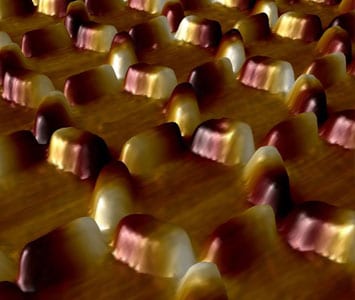


Honeycomb configuration helps disassemble magnetic islands—potential data storage and computational advances could follow.
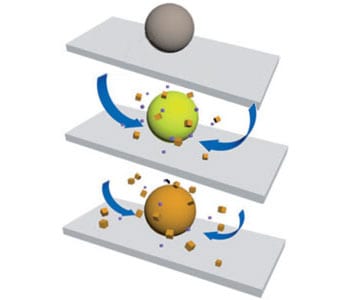
A microscopic pump starts up when irradiated with UV light but its material continues to work when the stimulus is removed.

State and Federation finance new building of 4500 square meters on KIT’s campus south – research to focus on materials for future energy systems.
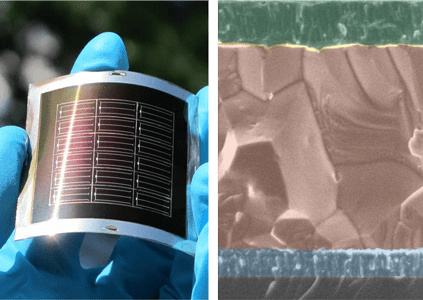
New research might pave the way for the industrialization of flexible, light-weight and low-cost cadmium telluride solar cells on metal foils.
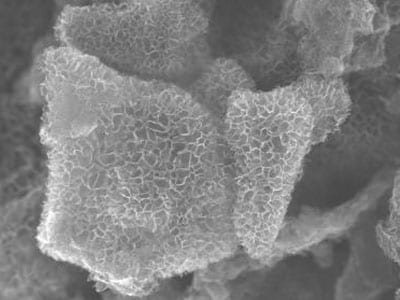
A unique form of carbon could lower the cost of dye-sensitized solar cells.
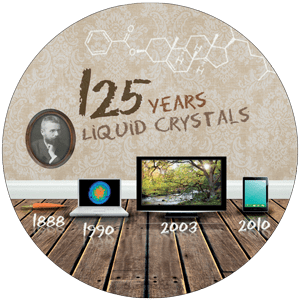
A topical issue of Angewandte Chemie and a GDCh Colloquium in Darmstadt, Germany.
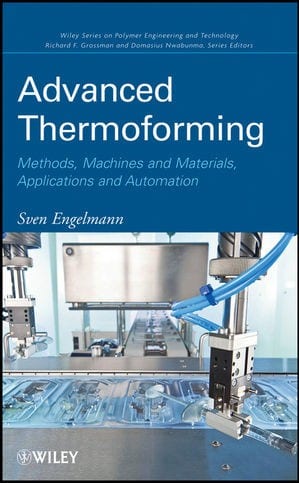
Dr Peter Martin, Queen’s University Belfast reviews Advanced Thermoforming: Methods, Machines and Materials, Applications and Automation by Sven Engelmann.
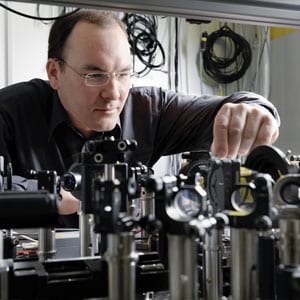
A terahertz laser developed at the Paul Scherrer Institute makes it possible to control a material’s magnetisation at a timescale of picoseconds.
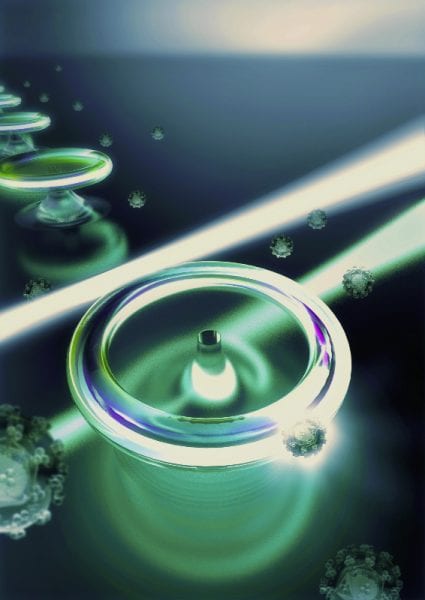
Special polydimethylsiloxane-coated deformed microcavity acts as an optical “whispering gallery”.
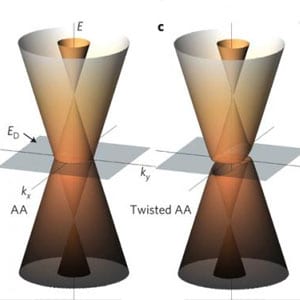
Researchers from Germany the US and Spain have discovered why graphene’s electron conduction can’t be completely stopped.